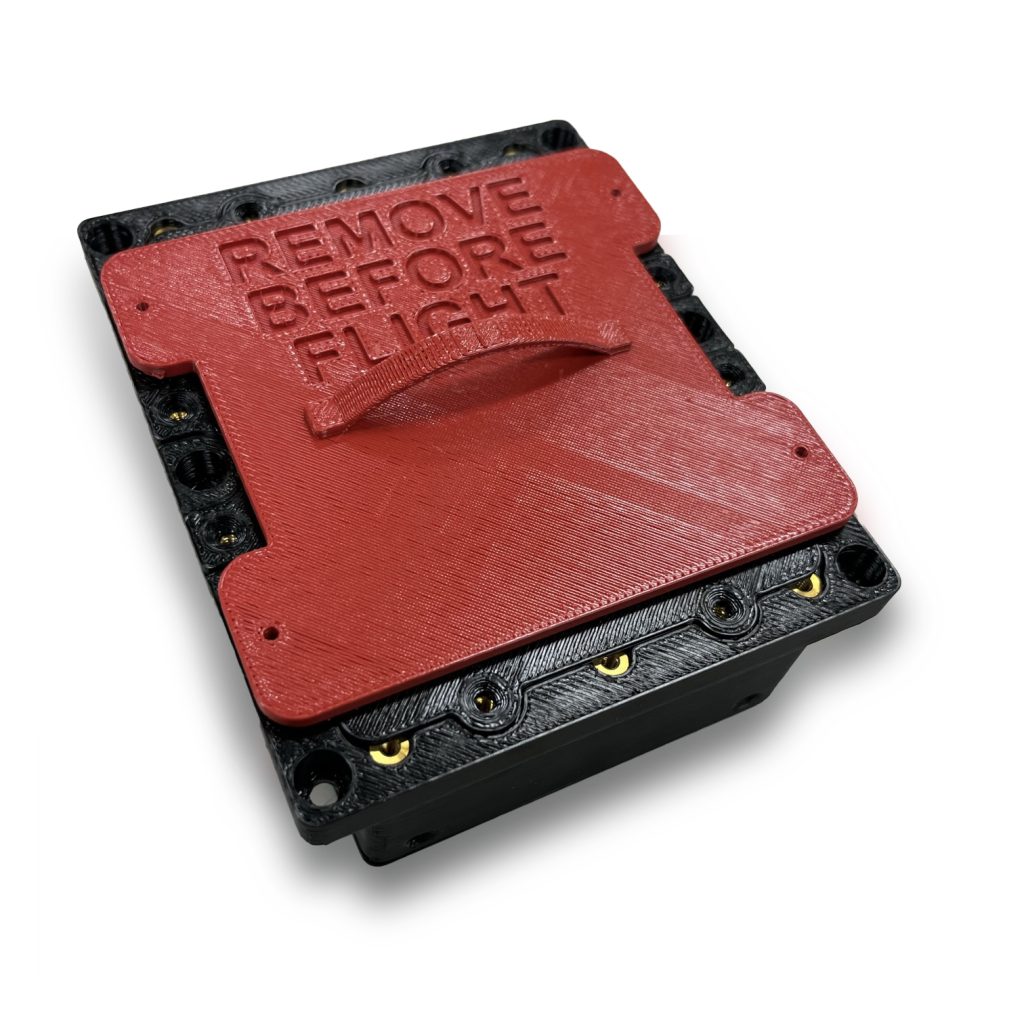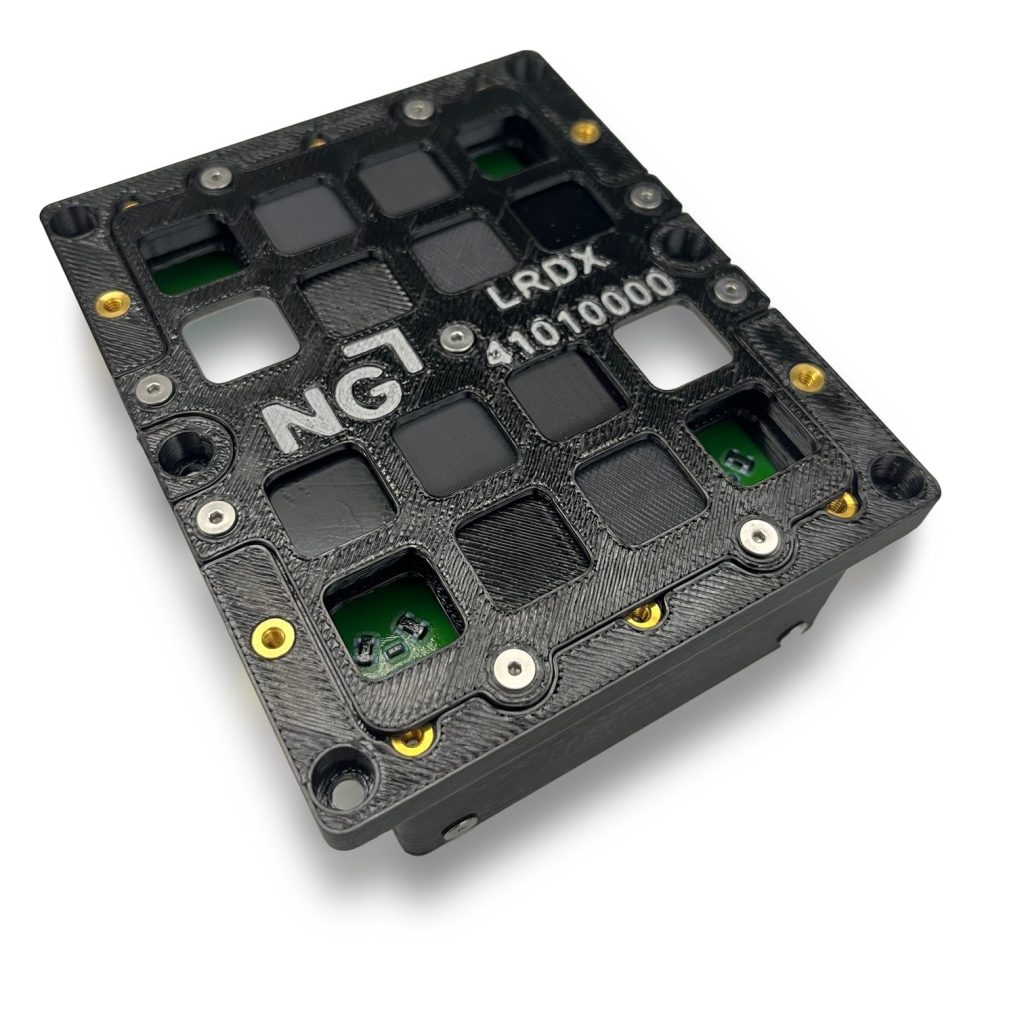3D printer manufacturer Stratasys is providing AM materials for an upcoming lunar mission, aimed at testing their performance on the moon’s surface.
Sponsored and spearheaded by Northrop Grumman, this mission will focus on three materials in two distinct experiments. These experiments are integral to Aegis Aerospace‘s first Space Science & Technology Evaluation Facility mission (SSTEF-1). SSTEF, a commercial space testing service, was conceived and developed by Aegis Aerospace in Houston, Texas, under NASA‘s Tipping Point program. Its primary objective is to offer R&D services on the lunar surface.
As part of the lunar mission, Stratasys is set to supply 3D printed samples destined for the lunar surface, transported by an unmanned lander within a carrier structure also manufactured by Stratasys via AM. Constructed from ULTEM 9085 thermoplastic, the carrier structure possesses a material composition commonly found in commercial aircraft interiors.
“Additive manufacturing is an important technology for space missions where every ounce of weight matters and high performance is essential,” said Chief Industrial Business Officer Rich Garrity. “This set of experiments will help us understand how to fully leverage 3D printing to keep people and equipment safe as we travel to the moon and beyond.”

Radiation shielding for aerospace applications
In the first experiment, the objective is to evaluate the performance of a sample coupon part manufactured using Stratasys’ Antero 800NA fused deposition modeling (FDM) filament, which has been augmented with tungsten. Antero 800NA, known for its high-performance attributes, is a thermoplastic compound derived from PEKK, known for its robust mechanical properties, chemical resistance, and minimal outgassing, says the company.
The inclusion of tungsten serves the purpose of enhancing the material’s ability to shield against potentially harmful radiation, including gamma rays and x-rays. As per Stratasys, ground testing indicates the potential for a 50% reduction in radiation dose.
Featuring Antero 840CN03 FDM filament, the second experiment will observe the performance of 3D printed materials in space. This filament is recognized for its electrostatic discharge (ESD) properties, making it suitable for use with electronic components, and has previously been utilized on the Orion spacecraft.
Additionally, the experiment will also incorporate a novel ESD photopolymer, developed by Stratasys’ partner Henkel specifically for deployment with Stratasys’ Origin One 3D printers, engineered to withstand high-heat environments. Coupon samples of the 3D printed materials will undergo testing in conditions simulating lunar dust, low pressure prone to outgassing, and rapid temperature fluctuations characteristic of the moon’s thin atmosphere also referred to as the exosphere.

Testing AM for aerospace
AM testing for aerospace applications is vital in improving aerospace technology by enabling the development of lightweight, complex, and customized components while maintaining high-quality standards.
Consequently, by leveraging the International Space Station (ISS) National Laboratory, US aerospace and defense contractor L3Harris is testing 3D printed materials for satellite components in low Earth orbit (LEO). Part of SpaceX’s Commercial Resupply Services (CRS)-27 mission, the project focuses on testing a 3D printed radio frequency circuit and photonic materials. Managed by Aegis Aerospace, the experiment assesses material resilience to space conditions, aiding satellite manufacturing and potentially improving satellite communications through photonic integrated circuits.
Elsewhere, 3D Systems verified properties for NASA’s GRX-810, an laser powder bed fusion (LPBF) superalloy with exceptional mechanical properties for aerospace. According to the company, the oxide dispersion-strengthened alloy had the potential to transform the industry, boasting unmatched strength, ductility, and heat resistance.
Tested using 3D Systems‘ Direct Metal Printing (DMP) platform, the material showed promise for critical components like rocket engines. Dr. Michael Shepard, VP of Aerospace & Defense segment at 3D Systems emphasized collaboration’s significance with NASA, highlighting 3D Systems’ commitment to advancing additive manufacturing. Expected to enhance aerospace applications, GRX-810’s successful verification marked a significant milestone.
What 3D printing trends do the industry leaders anticipate this year?
What does the Future of 3D printing hold for the next 10 years?
To stay up to date with the latest 3D printing news, don’t forget to subscribe to the 3D Printing Industry newsletter or follow us on Twitter, or like our page on Facebook.
While you’re here, why not subscribe to our Youtube channel? Featuring discussion, debriefs, video shorts, and webinar replays.
Are you looking for a job in the additive manufacturing industry? Visit 3D Printing Jobs for a selection of roles in the industry.
Featured image shows the Stratasys FDM Antero 840CN03 radiation experiment housing with a red Stratasys ULTEM 9085 “Remove Before Flight” cover to protect the test samples during transportation to the moon and for the installation on the surface. Photo via Stratasys.


